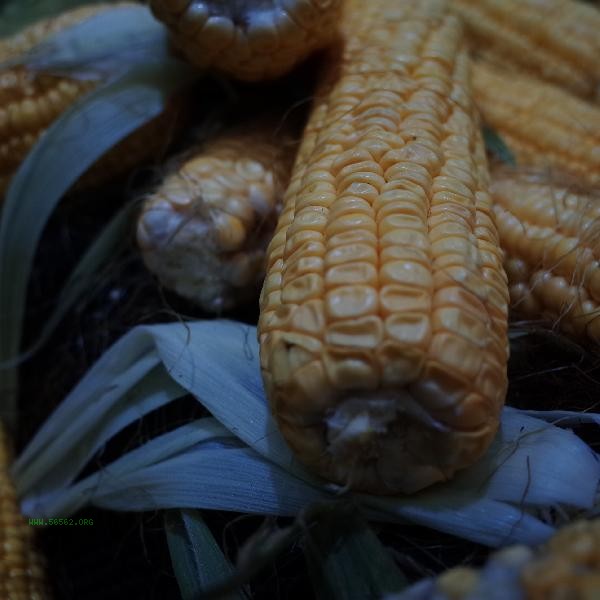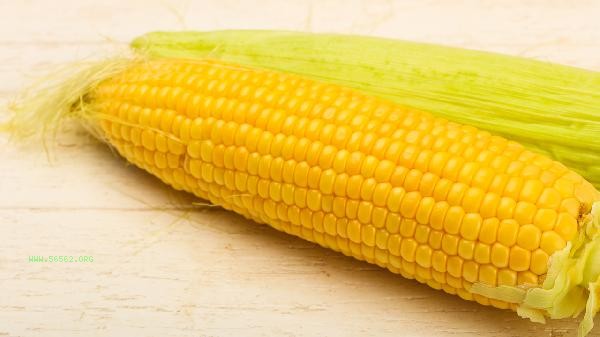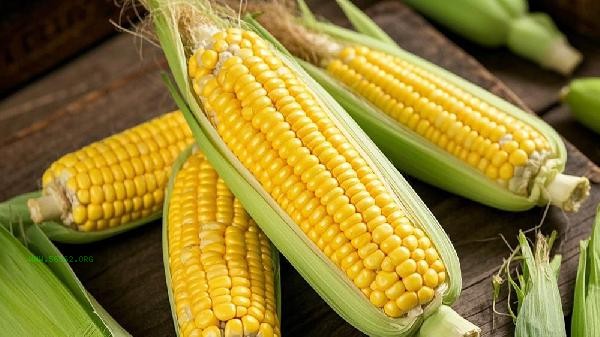The selection of sweet corn mainly focuses on its appearance, texture, and aroma, including green bracts, plump grains, firm texture, fragrant aroma, and fresh roots.

1. Green bracts
The bracts of fresh sweet corn are bright green and tightly wrapped, with no withered or yellowed edges. If the bracts are loose or have a dull color, they may be stored for a long time, leading to sugar conversion and a decrease in sweetness. Peel off a small amount of bracts to observe the internal particle state and avoid purchasing corn with completely peeled bracts.
2. Full Grain
Sweet corn grains should be arranged neatly, full and raised, and appear light yellow or milky white. When pressed, a small amount of milky white juice can seep out. Dried, sunken or dark colored particles usually have a high starch content and low sweetness. Avoid choosing corn with sparse or uneven particle size.
3. Tight feel
When lightly pinching the middle of corn, it should have a solid and elastic texture, indicating sufficient moisture and not overly mature. Soft corn may lose moisture due to prolonged storage, while hard corn may experience fiber aging. Corn with bracts feels heavy when weighed and is usually fresher and more juicy.

4. Fragrant Odor
Fresh sweet corn has a natural sweet aroma. If it emits a sour or moldy taste, it has spoiled. After peeling off the bracts and close smelling, high-quality sweet corn will have a distinct sweet aroma, while ordinary corn has a lighter odor. During the high temperature season, special attention should be paid to odors and avoid purchasing products that are not refrigerated properly.
5. Fresh corn roots
Corn roots should be moist, soft, and light brown in color. Dry, blackened, or fallen roots indicate longer harvesting time. The fibrous roots of some varieties may be slightly sticky, which is a normal phenomenon. If the roots are completely dry, the internal particles may have started to dehydrate and harden.

Sweet corn is recommended to be consumed as soon as possible after purchase. For short-term storage, 2-3 layers of bracts can be kept and stored in a fresh-keeping bag to avoid direct sunlight or high temperature environments. Retaining some of the bracts during steaming can lock in moisture, and boiling for 8-10 minutes after boiling can maintain optimal sweetness. With carrots, peas and other vegetables, dietary fiber intake can be increased, but diabetes patients need to control the single consumption. Choosing organically grown sweet corn can reduce the risk of pesticide residues. Before cooking, rinse the gaps thoroughly with running water.








Comments (0)
Leave a Comment
No comments yet
Be the first to share your thoughts!